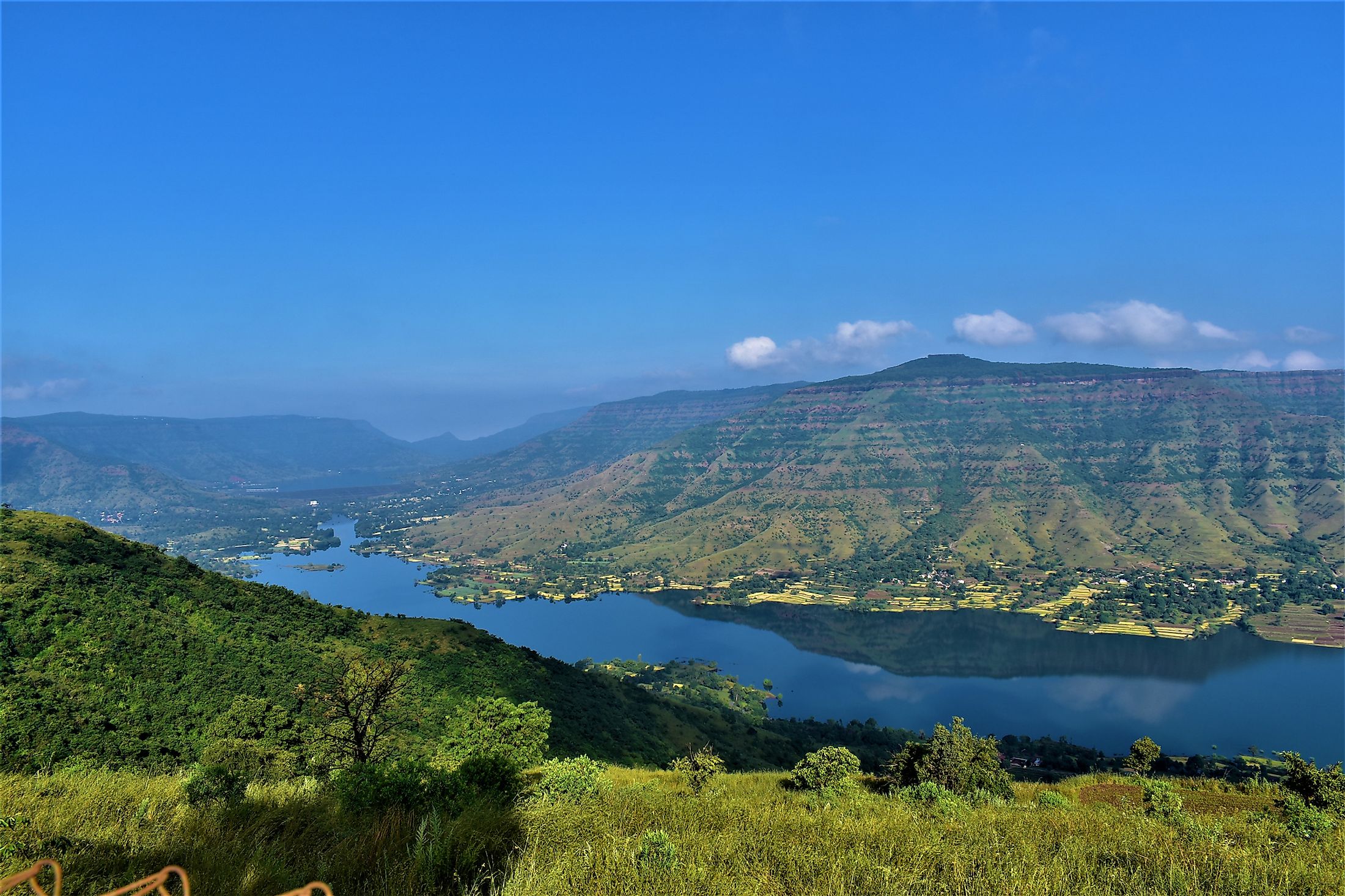
Deccan Plateau
Plateaus are defined as extensive flat uplands that are raised sharply above the surrounding land area on at least one side. Along with hills, mountains, and plains, plateaus are one of the four major landforms on Earth. Plateaus are found on every continent and occupy about one-third of the Earth’s land surface.
Location Of The Deccan Plateau
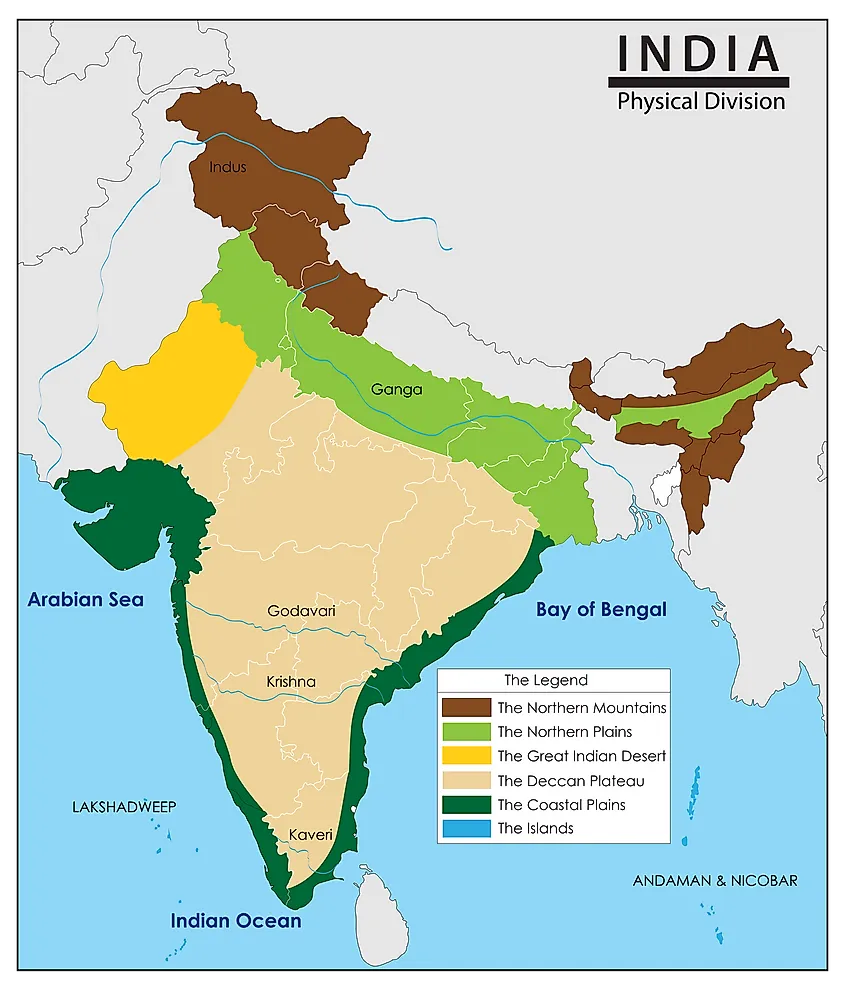
The Deccan Plateau is a large plateau that occupies major parts of western and southern India. The plateau covers an area of 4,22,000 sq. km, which is about 43% of the Indian landmass. The plateau’s name is anglicized from the Prakrit word called ‘dakkhin’, which comes from the Sanskrit word ‘daksina’, which means ‘The South’. The Deccan Plateau is situated in the southern part of the Indo-Gangetic basin and extends over eight Indian States which are Maharashtra, Karnataka, Andhra Pradesh, Telangana, Tamil Nadu, and Kerala.
Geography
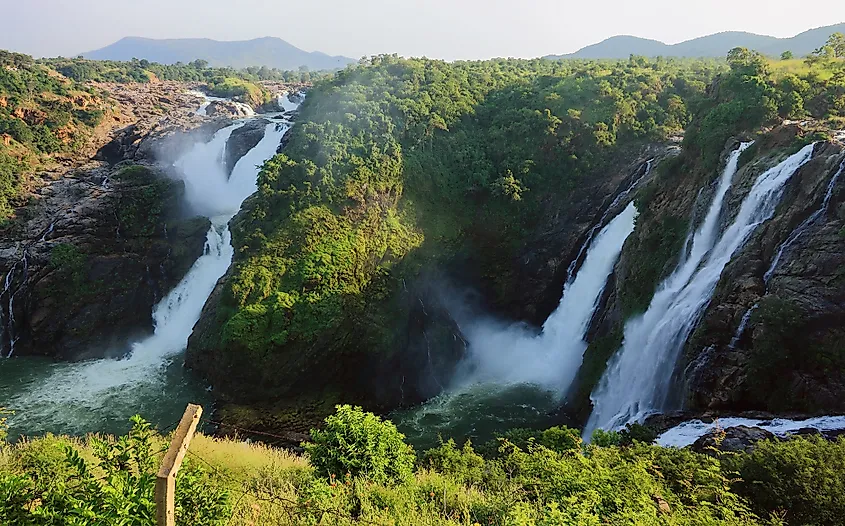
The Deccan Plateau is shaped like an inverted triangle and is bounded by the Western Ghats in the west; the Eastern Ghats in the east; the Satpura and the Vindhya Mountain ranges in the north. The plateau’s northeastern boundary is formed by the watershed between the Mahanadi and the Godavari Rivers. The plateau rises to an elevation of over 1,000m in the south, while in the north it rises to about 500m. The average elevation of the plateau is about 600m and it slopes gently towards the east.
The major rivers of the Deccan Plateau including the Godavari, Krishna, and Kaveri rivers flow from the Western Ghats to the Bay of Bengal in the east. The two rivers Narmada and Tapti begin in the Eastern Ghats and drain into the Arabian Sea. The rivers which flow through the Deccan Plateau have created many deep valleys and have further subdivided the large Deccan Plateau into several smaller plateaus which include the Maharashtra Plateau, the Karnataka/Mysore Plateau, and the Telangana Plateau.
Geology
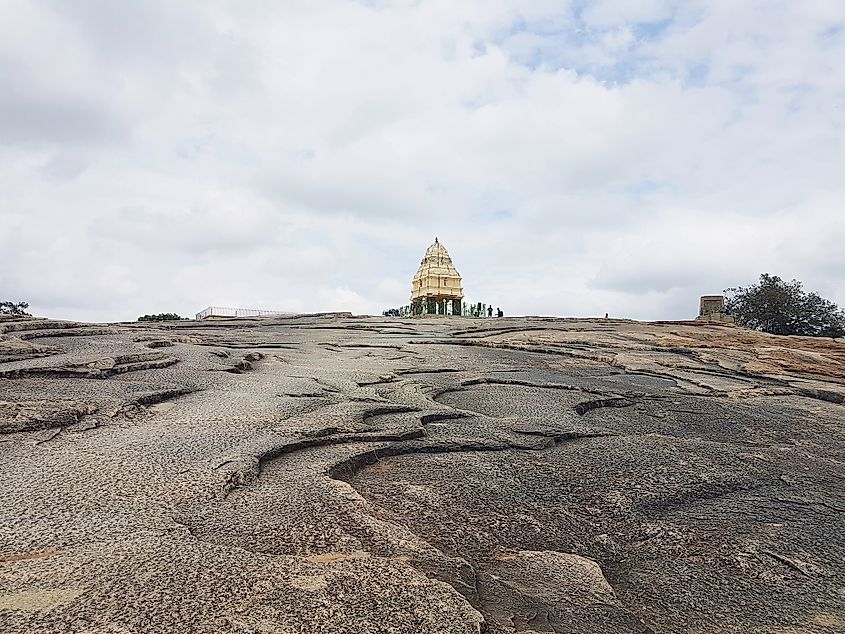
The Deccan Plateau once constituted a part of the ancient Gondwanaland continent and is considered to be the oldest and most stable land in India. The northwestern part of the Deccan Plateau is composed of lava flows and igneous rock structures known as the Deccan Traps. These igneous rocks are spread over the entire Indian state of Maharashtra and forms one of the world’s largest volcanic provinces. The Deccan Traps consist of over 2,000m of flat-lying basalt lava flows and covers an area of approximately 5,00,000 sq. km in the west-central part of India. The Deccan Plateau is very rich in minerals like iron ore, coal, mica, uranium, etc. Precious stones like diamonds have also been found.
Climate
The climate of the Deccan Region varies from a semi-arid climate in the northern parts to a tropical climate in other areas. The region faces very dry and hot summers from March to June with maximum temperatures rising more than 40°C. The plateau region receives rainfall during the monsoon season from June to October.
Flora And Fauna
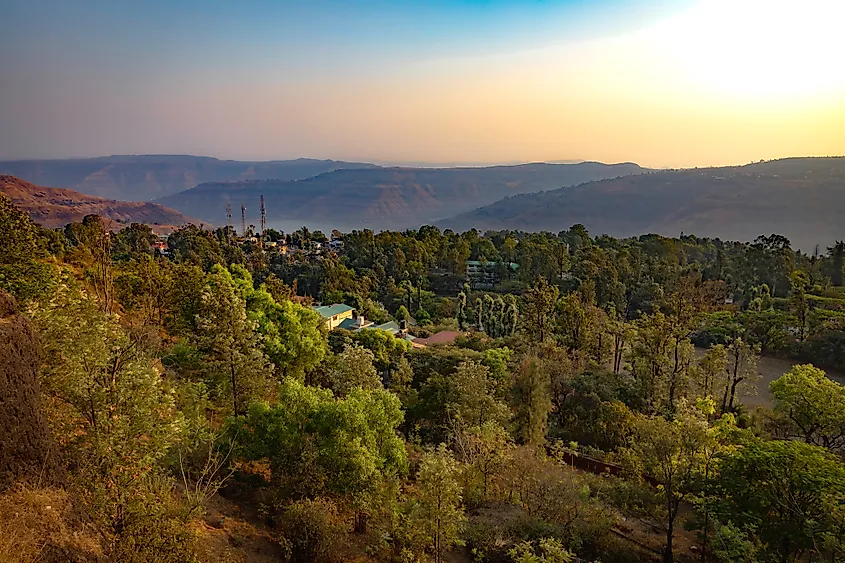
The Deccan Plateau region is covered by ancient forests which are older than the Himalayas. The central Deccan Plateau is covered by Hardwickia-dominated woodlands. Other trees that are found in the region include Tectona grandis, Albizia lebbek, Anogeissus latifolia, Boswellia serrata, Acacia catechu, etc. Some of the significant animals that are found here include the gaur, chinkara, blackbuck, four-horned antelope, tiger, wild buffalo, wild dog, chousingha, etc.
Brief History
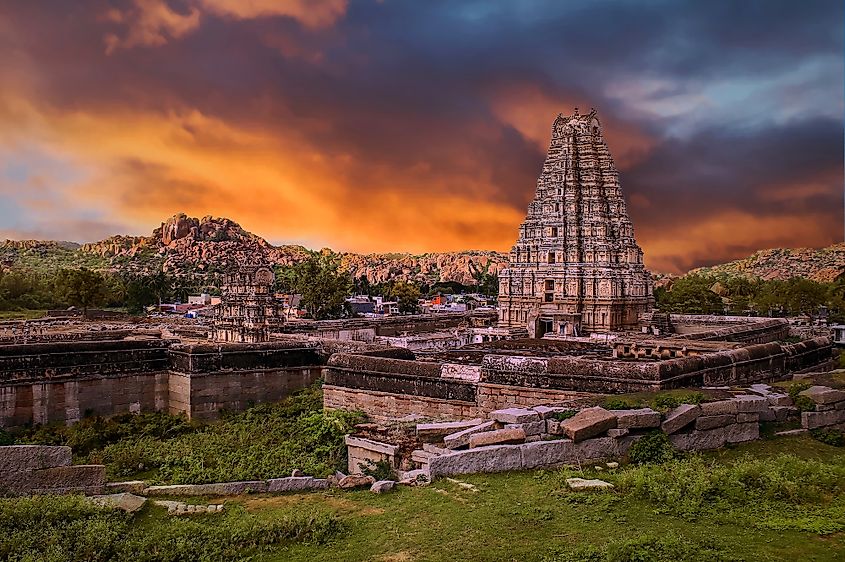
The Deccan Plateau region has a rich history. Some of the notable dynasties that ruled over the region include the Mauryans, Guptas, Satvahanas, Chola Dynasty, the Vijayanagara Empire, the Pallavas, the Tondaiman, the Rashtrakuta Dynasty, the Chalukya Dynasty, and the Marathas. During the British Rule, the Deccan Plateau was divided between the Madras Presidency and the Bombay Presidency. After Independence, all the native states joined the Republic of India.











